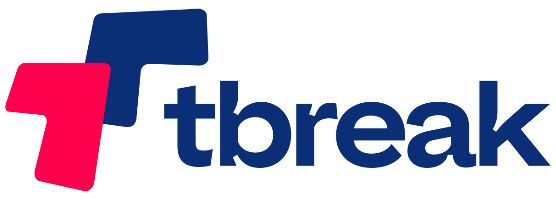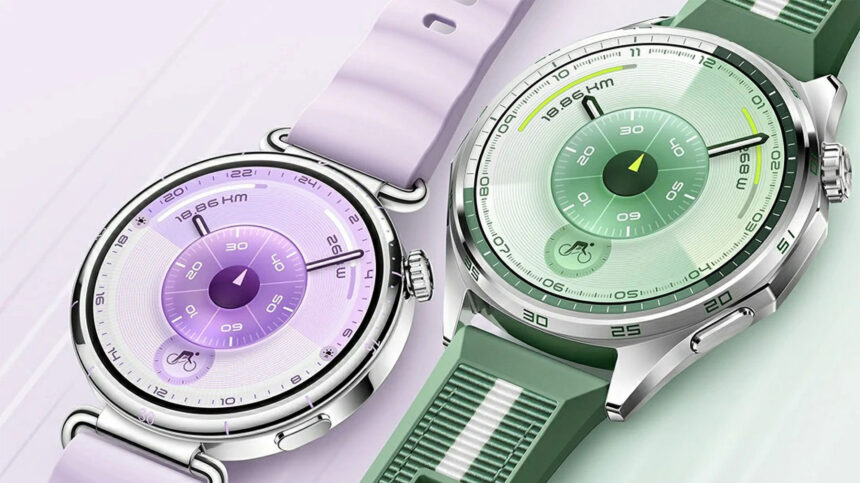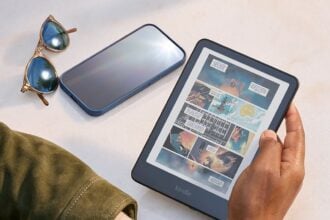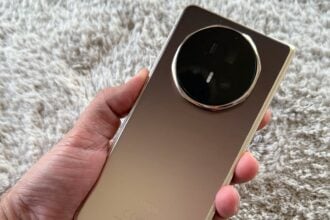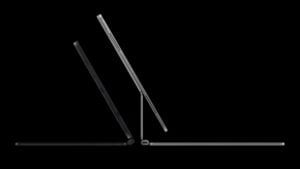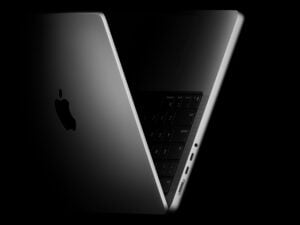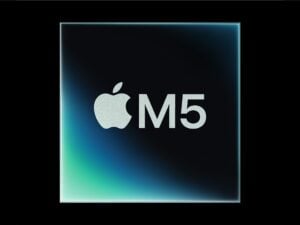Huawei is adding a Wheelchair Mode to the WATCH GT 6 series, announced at GITEX 2025 in Dubai. The update lands in early November and will make its public debut alongside Dubai Ride. It’s designed to track wheelchair propulsion as precisely as many watches track running or cycling. The GT 6 keeps its headline battery life and safety features, which should help for longer sessions and peace of mind.
How Wheelchair Mode works
The update leans on motion sensors and new detection logic to recognise wheelchair pushes and translate them into useful metrics.
- Uses IMUs, push-detection algorithms and wheel rotation sensing
- Tracks push frequency, force, speed and distance
- Combines with heart rate, SpO₂ and calorie estimates
- Builds a wellness profile tuned for wheelchair propulsion
Huawei is essentially mapping the biomechanics of a push the way most watches map a stride. That matters for training load, pacing and injury prevention. For many users, these numbers will finally make workouts and daily movement measurable in a way step counts never could.
Safety and stamina features
Wheelchair Mode sits on top of the GT 6’s usual health and safety stack, which already covers long battery life and alerts.
- Up to 21-day battery life in light use
- Fall detection and emergency alerts to trusted contacts
- Durable materials and Huawei’s TruSense System for deeper heart and wellbeing data
For wheelchair users, fewer charges mean fewer interruptions to therapy or training blocks. Fall detection that auto-notifies contacts can be a safeguard during transfers or outdoor sessions. And TruSense’s long-term heart data gives context to pushes—was today harder because of heat, fatigue or technique?
Built with input from the para-sport community
Wheelchair Mode traces back to a suggestion from H.E. Majid Rashed, President of the Asian Paralympic Committee. Huawei quotes him praising the step towards inclusive design. Huawei UAE’s Bruce Li frames the rollout as “innovation for all”.
- Originated from feedback by H.E. Majid Rashed
- Public endorsement from Huawei CBG UAE
- Positioned as part of ongoing inclusion work
Input from athletes and administrators should continue post-launch. The more varied the pushes—racing chairs, day chairs, indoor tracks—the better the algorithms get. It’s the feedback loop we see in running power meters and cycling cadence, now applied to wheelchair propulsion.
When will Wheelchair Mode arrive on my GT 6 in the UAE?
Huawei says the software update lands in early November, with a public debut tied to Dubai Ride in Dubai.
What metrics does it track?
Push frequency and force, speed, distance, heart rate, SpO₂ and calories—optimised for wheelchair propulsion.
Does it affect battery life?
Does it affect battery life?

